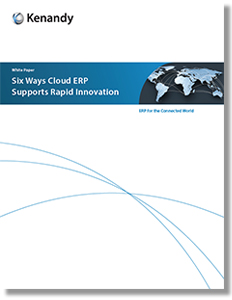Six Ways Cloud ERP Supports Rapid Innovation
Cloud is not just a technology transformation opportunity, it’s a business transformation opportunity, and leading CIOs must now build cloud-centric ecosystems that connect employees, partners, and customers in real time, going beyond tasks that just focus on the benefits of cost and speed.
Why You Should Read This
Your daily focus needs to be on managing your business and creating new ways to innovate.
Similarly, your employees want to work on innovative projects to help grow the business, not managing data centers and databases, worrying about uptime, downtime, and security.
You want to move quickly to capture new market opportunities and not be constrained by what your legacy ERP software will enable you to do.
Kenandy is a new approach to ERP that lets you and your people focus on driving innovation, creating new product lines, and expanding your customer base even as you improve your business operations.
In this paper, we’ll explore six ways Kenandy supports innovation, and provides a framework for operational efficiency.
Kenandy is:
- Easy to configure
- Extensible
- Always current, offering real-time visibility
- Collaborative
- Mobile
- Easy to use
Cloud-Native ERP Supports Innovation and Growth
Whether you’re a growing single-site specialty manufacturer or a large multinational organization, business does not stand still.
Instead, there’s a constant need to grow, seek new opportunities, and react to new competitive threats along with changing market conditions. While there are many factors that determine how your organization responds to market conditions, one key driver of success is the flexibility of your software infrastructure.
To understand why, consider, for example, a company that wants to enter a new geography quickly to capture a new opportunity. To successfully enter this market may require new manufacturing facilities, additional distribution channels, and modified logistics.
It will require reconfiguring business processes to include the new target market within the full operations of the company. And if the target market is in a new geography, it may include having to navigate a new set of financial or accounting regulations. All of these requirements require supporting software.
What’s Related
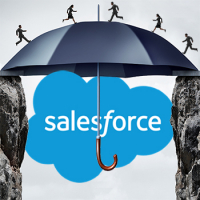
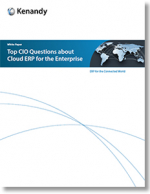
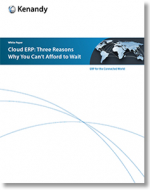
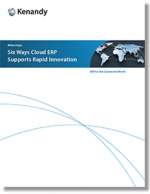
Favorites





